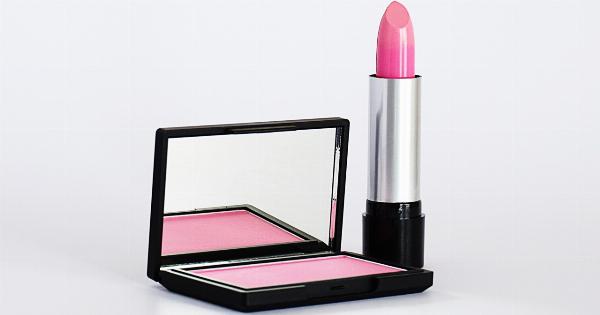If you’ve ever taken a glance at the ingredient list on the back of your shampoo bottle, you might have noticed a long list of chemicals that you can’t pronounce.
Those chemicals are found in many hair products we use every day, including shampoo, conditioner, hairspray, and more.
While these hair products might make our hair look and feel great, they could be harming our health. Studies have linked some of the chemicals found in hair products to an increased risk of cancer.
Here’s what you need to know about the connection between chemicals in hair products and cancer.
Phthalates
Phthalates are a group of chemicals that are commonly used in hair products to make them more flexible. They’re also used in a variety of other products, including plastics and fragrances.
Unfortunately, studies have linked exposure to phthalates to an increased risk of breast cancer.
One study found that women who used hair products containing high levels of phthalates had an increased risk of breast cancer.
Another study found that women who were exposed to high levels of phthalates in the workplace had a higher risk of breast cancer than women who weren’t exposed to the chemicals.
Parabens
Parabens are preservatives that are commonly used in hair products to prevent the growth of bacteria and fungi. They’re also used in many other cosmetic products, including makeup and body lotion.
Like phthalates, parabens have been linked to an increased risk of breast cancer. Some studies have suggested that parabens can mimic the hormone estrogen in the body.
Because estrogen is known to promote the growth of breast cancer cells, some researchers believe that parabens could also promote the growth of breast cancer cells.
Formaldehyde
Formaldehyde is a chemical that is used in hair products to make them smoother and less frizzy. It’s also used in a variety of other products, including building materials and cleaning products.
Exposure to formaldehyde has been linked to an increased risk of several types of cancer, including leukemia and nasopharyngeal cancer. Formaldehyde is also a known respiratory irritant and can cause skin irritation and allergic reactions.
Coal Tar
Coal tar is a byproduct of coal processing and is used in some hair dyes and other hair products to help improve color retention.
Unfortunately, coal tar has been classified by the International Agency for Research on Cancer (IARC) as a known human carcinogen.
Exposure to coal tar has been linked to an increased risk of several types of cancer, including bladder cancer, lung cancer, and skin cancer.
If you’re concerned about the potential health risks of coal tar, consider using natural hair dyes that don’t contain the chemical.
Silicones
Silicones are often used in hair products as a conditioner to make hair softer and shinier.
While silicones aren’t necessarily harmful on their own, they can build up on the hair and scalp over time, which can cause problems if not properly removed.
If you use hair products that contain silicones, consider using a clarifying shampoo once a week to remove any buildup.
If you’re concerned about the potential health risks of silicones, there are plenty of silicone-free hair products available on the market today.
Sulfates
Sulfates are a group of chemicals that are commonly used in hair products to create a lather. They’re also used in a variety of other cleaning products, including dish soap and laundry detergent.
While sulfates aren’t necessarily harmful on their own, they can be irritating to some people’s skin and scalps.
If you have sensitive skin or a sensitive scalp, consider using sulfate-free hair products. Sulfate-free products are gentler on the skin and scalp and can help to prevent irritation and dryness.
The Bottom Line
While more research is needed to determine the exact effects of chemicals in hair products on our health, it’s clear that we should be cautious about what we’re putting on our bodies.
If you’re concerned about the potential health risks of chemicals in your hair products, consider switching to natural products or products that are free of harmful chemicals. Always be sure to read the ingredient list carefully and talk to your doctor if you have any concerns.






























